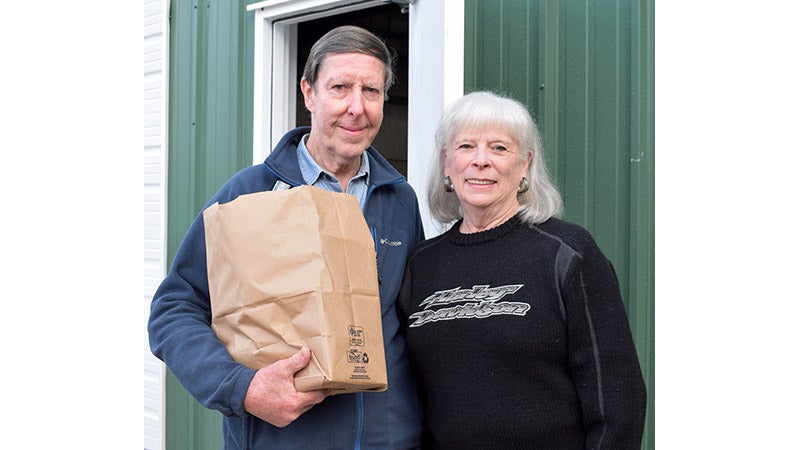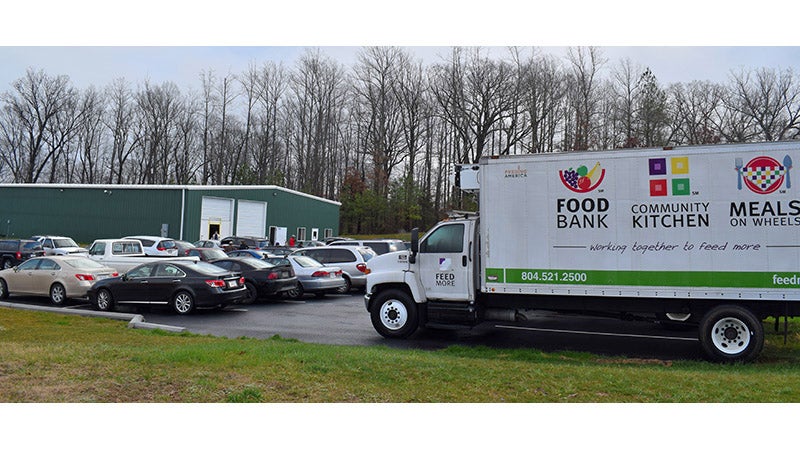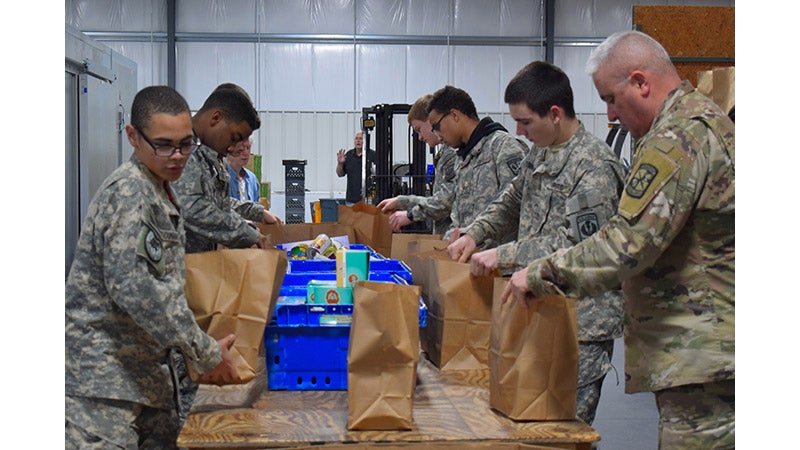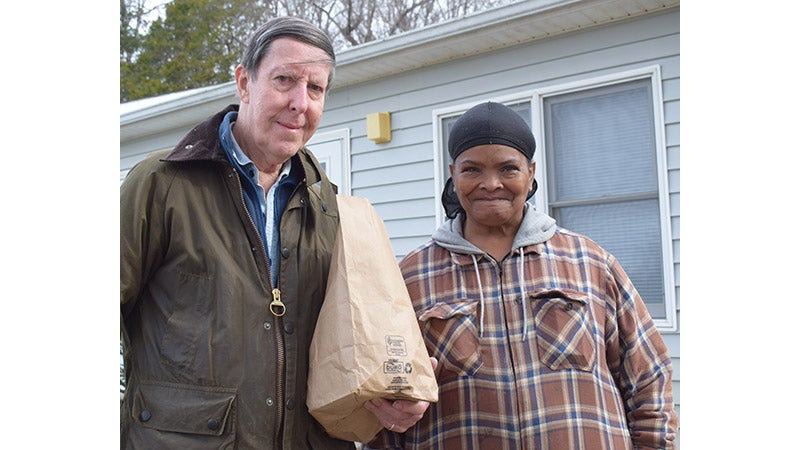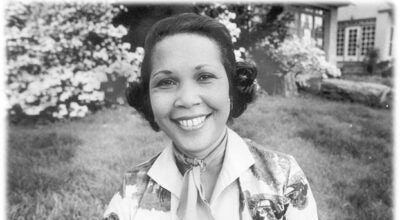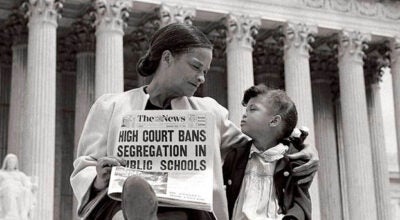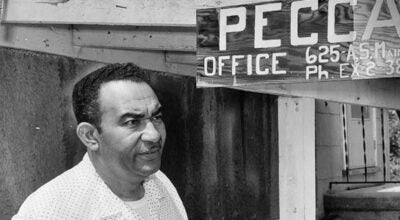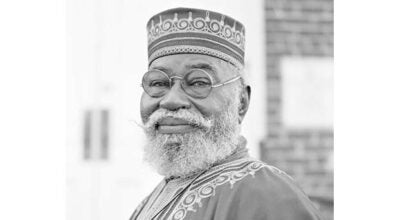FACING HUNGER: 40 years of neighbors helping neighbors
Published 6:00 am Wednesday, March 11, 2020
|
Getting your Trinity Audio player ready...
|
By Marge Swayne
Farmville Area Community Emergency Services (FACES) has come a long way from the second floor of the Dove Shoe Shop where it began in 1981.
It’s been a long road for Farmville’s food pantry that recently moved into a state-of-the-art distribution center on Commerce Road.
Today that road has a traffic jam, but FACES President Ellery Sedgwick sees it as a good thing. He’s pleased that FACES finally has a permanent home.
“I guess the word got out — we have ham today,” Sedgwick jokes as he directs traffic out front, guiding another car into the parking lot.
Obviously there’s something good here or there wouldn’t be so many cars lining up so early on a Saturday morning. Inside the new building it’s clear to see why so many are waiting. There’s a comfortable waiting area and a buzz of organized activity as clients check in and pass through a line to receive their groceries, fresh produce and meat.
Volunteers from the Fresh Boyz Club and the Southside Community College Nursing Program are here to assist. Smiles abound as clients select their food for the week and carry it to their cars.
“We like to have at least 20 volunteers for a distribution,” Sedgwick said.
FACES gets volunteers from a rotation of five local churches as well as Hampden-Sydney College and Longwood University.
“We welcome anyone who wants to come out and help,” Sedgwick said.
Lorraine Foster, a volunteer from Southside Virginia Community College, smiles as she offers a head of cauliflower to an older couple in line.
“It’s a good feeling to be here and help out,” she said.
Sedgwick notes more than a third of FACES clients are elderly.
“These are the people who’ve worked hard all their lives and now have a hard time getting by on Social Security,” he said.
FACES clients are carefully screened each year and must provide proof of income for all household members. Income requirements are set at 150 percent of the USDA poverty level.
FACES client Nancy Jackson, visiting the new building for the first time, likes what she sees.
“This location is much nicer — people don’t have to wait outside in the cold or heat like they did before,” she said.
Jackson, 74, has cancer but still works part time and cares for a disabled son.
“I got my first job at the age of 13 — name it and I’ve probably done it,” she said with a note of pride. “Now I do the best I can, but I just can’t make it on Social Security. I’m blessed that I can still work, but I’m even more blessed that FACES is here to help. I don’t know what I’d do without them.”
Today Sedgwick is also in the produce line passing out three-pound bags of carrots.
“I’m really glad you have potatoes and carrots today,” a young woman with several children said as she puts a bag of each in her cart. “I think I’ll make some soup.”
“Meat and fresh produce are the most important part of what we distribute,” Sedgwick said. “Through Feed More we get a subsidized rate — chicken for 20 cents a pound and fresh produce for 4 cents per pound. Retail price would be 10 times that.”
It was Feed More, formerly Central Virginia Food Bank, that provided the majority of funding for FACES’ new facility. The central food bank in Richmond identified Southside Virginia as one of the state’s underserved rural areas allowing FACES to apply for a grant.
“Feed More gave us a $500,000 grant, and FACES raised another $250,000, partly from a bequest,” Sedgwick states. “The total cost of the building and equipment came to $750,000.”
The Southside Virginia Family YMCA also had a role in securing FACES’ new location.
“The Y was very helpful and offered us land at a very reasonable cost,” Sedgwick said.
“FACES had a need, and the Y had 2.5 acres of land it would probably never need,” YMCA Development Chair Brad Watson wrote in a 2018 press release. “Our mission has changed over the years, but originally the YMCA temporarily housed people who had nowhere to stay. We thought helping to feed local people who didn’t have enough to eat was a worthy goal.”
It was a welcome move for FACES. During its four decades in Farmville, the organization had relocated five times.
Sedgwick said FACES’ last location was near the Appomattox River and prone to flooding.
“We were in a flood plain, and the building had raccoons under the floor,” Sedgwick says. “The Town of Farmville has been very generous in finding places for our distributions, but as time went by, we outgrew all of them.”
During those years, FACES also evolved into one of the largest and most efficient food agencies in Virginia. It now serves an average of 900 households every week.
FACES’ new facility on Commerce Street is a far cry from the cramped second-floor storage room that was the pantry’s first home. Founded by a group of ministers, farmers, housewives and teachers, FACES distributed donated food each week to local families in need. Those families, about 125 in 1981, were obliged to wait on the sidewalk outside the shoe shop for their turn on a small elevator that took them to the second floor to collect a bag of groceries valued at $10 to $12. By 2018 the value of a weekly unit from FACES had increased to $50.
FACES’ new facility features refrigerator/ freezers with twice the capacity and coolers that can hold three times more than those in previous locations. FACES has also been able to expand its services. Weekly home delivery is now available to elderly or disabled clients, and FACES participates in the Backpack Program that provides food for elementary- and middle-school students over the weekend.
Overall, Sedgwick reports, things are looking great for FACES.
“We prepare an annual report that lists accomplishments and challenges for the year ahead,” he said. “One new challenge for FACES will be meeting the operating costs of our new facility. Our previous budget of $90,000 will have to increase by about $25,000 to meet operating costs including electricity, refrigeration and propane.”
FACES remains an all-volunteer organization. All donations go directly to meeting the food needs of local residents.
As FACES likes to say, it’s where neighbors help neighbors.
“FACES has grown over the years because Farmville’s supported us,” Sedgwick said. “FACES is basically a reflection of the Farmville community — we’re fortunate to be part of it.”


